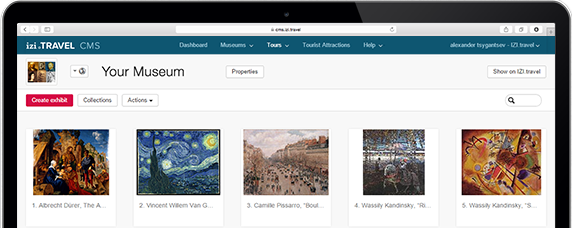Audio tour Hall «The Black gold of the planet»
- Download the app
- iOS
- Android
- Windows Phone
The territory of Tatarstan is a part of the Volga-Ural oil-and-gas province.
The Russian word oil comes from Arab «Naft», the truncated form of the verb of «nafata» which means to boil, or «naftar» which means to clean fire. The Latin name of oil is oil petroleum which literally means «oil of the stone».
According to archaeological evidence the man learned to use oil and bitumen about 6-8 thousand years ago. Bitumen was used as a building material and waterproof, people bonded bricks, stone-paved road by Bitumen. It was used for embalming and mummification. Oil was used in medicine, for greasing of the wooden rubbing surfaces, for lighting and in warfare. «Firebolt» are arrows with the tow impregnated with oil, which then was set on fire. «Greek fire» was quite successfully used to destroy enemy warships. The mixture of oil, sulfur and saltpeter poured into the sea and set on fire, the fire quickly spread on the water surface and burned ships attackers.
The first data about the presence of oil in the Volga region belong to 1703. Then the newspaper «Vedomosti» reported: «A lot of oil found in the river Sok, writes from Kazan…». Oil was collected directly from a surface of the rivers and lakes by ladles and buckets from mining pits and wells, as well as with the cloth which is then squeezed at that time. Wells dug manually.
After 245 years, on July 25, 1948 a fountain broke from oil wells in the third chamomile meadow on the outskirts of the Tatar village Timyashevo (now Romashkino). Romashkino produced 3 billion tons of oil over 60 years after the discovery of subsurface.
Tour stops
Reviews
2 reviews
Review this tour-
08-09-2019
Отличная познавательная выставка как для взрослых, так и для детей разного возраста.
-
04-27-2017
Наверное, одна из самых интересных экспозиций
Download the free izi.TRAVEL app
Create your own audio tours!
Use of the system and the mobile guide app is free


